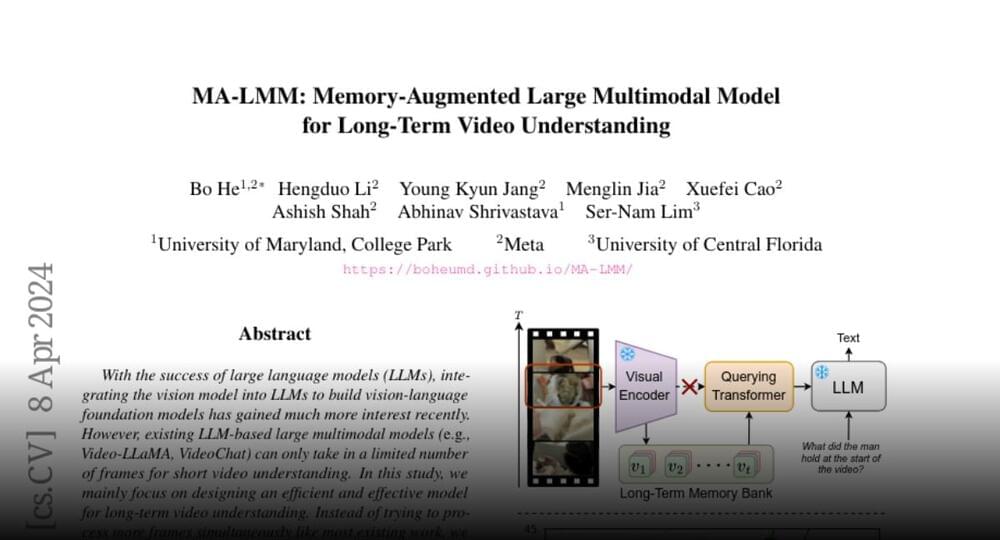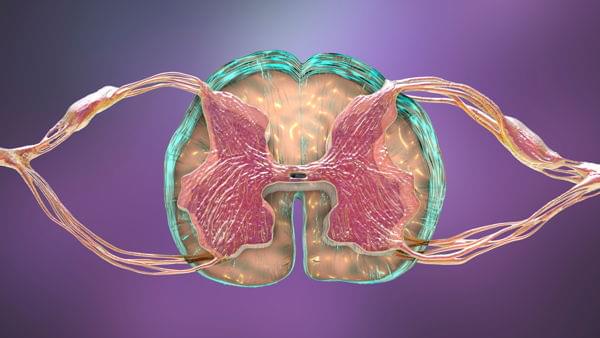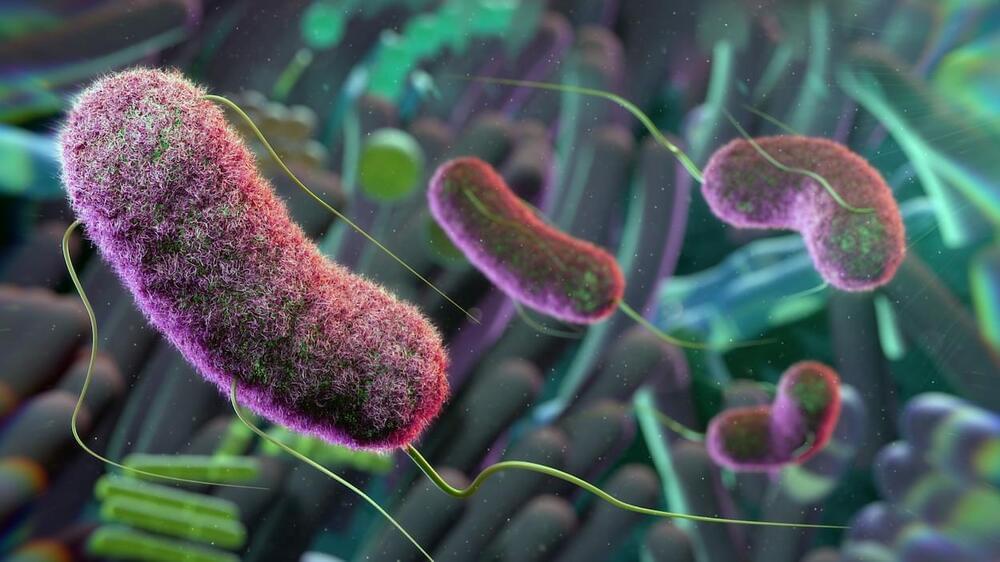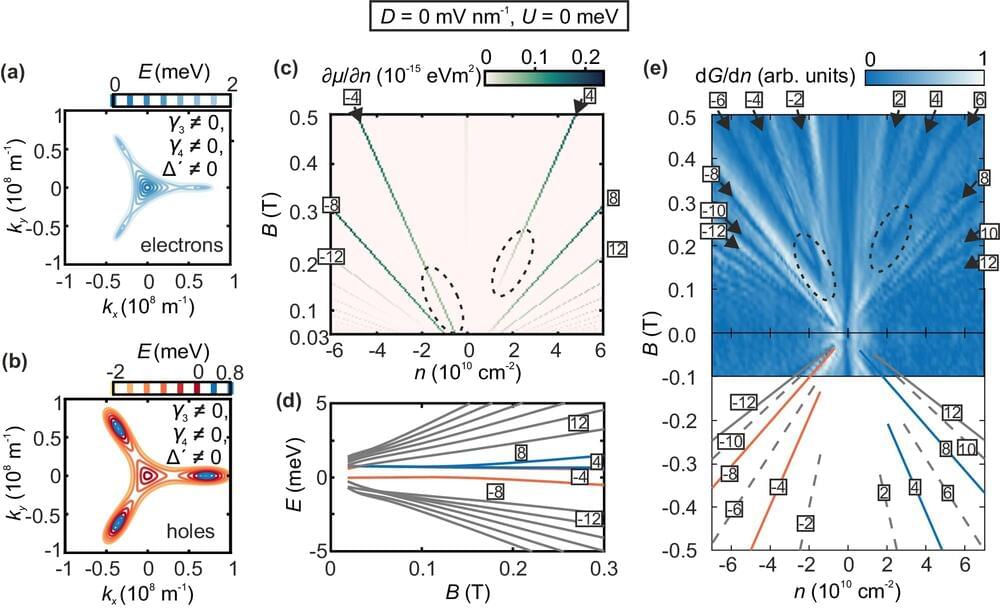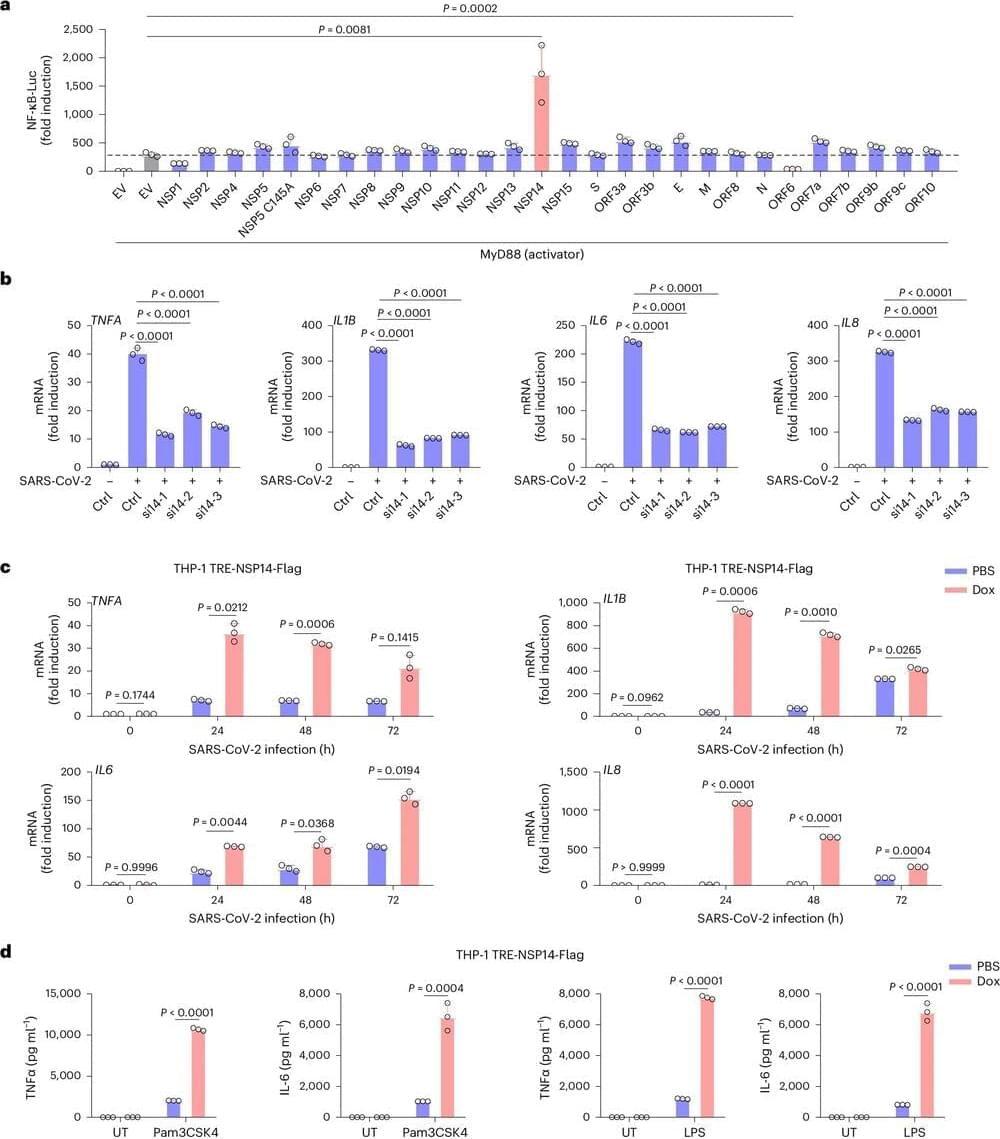Microsoft on Tuesday launched a native OneNote app for visionOS, showing the company’s commitment to its customers who use Apple Vision Pro. This comes after the company released Microsoft Office apps for Apple’s mixed reality headset.
A Product Manager from the company confirmed the news in a blog post. According to Microsoft, “OneNote will make use of the infinite canvas of spatial computing and can appear side-by-side with other great Microsoft apps” already available for Apple Vision Pro. For those unfamiliar, OneNote is Microsoft’s note-taking software.
Microsoft says that the visionOS version has “many of the features available on OneNote for iPad.” This includes the ability to write notes, make a digital notebook, highlight important notes, create To Do tags, lock notes with a password, synchronize with OneDrive, and share with other people.

